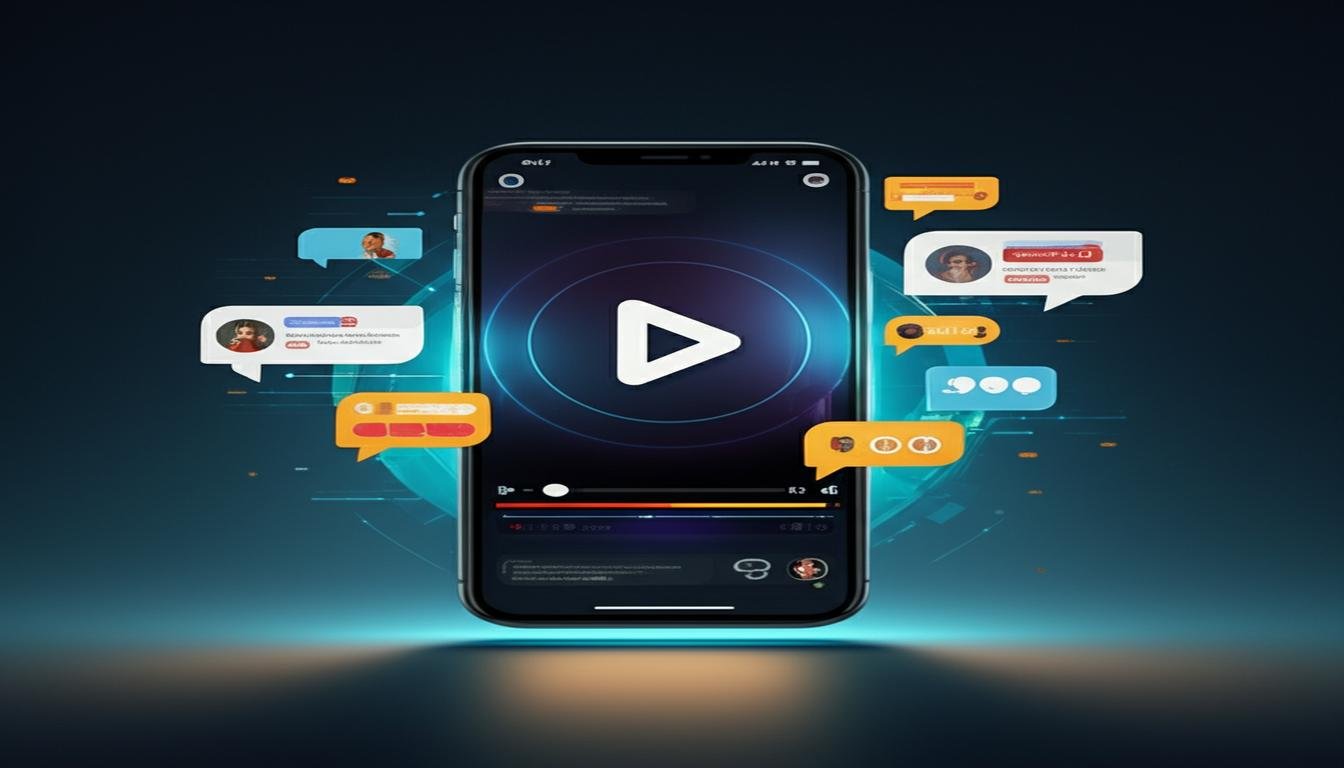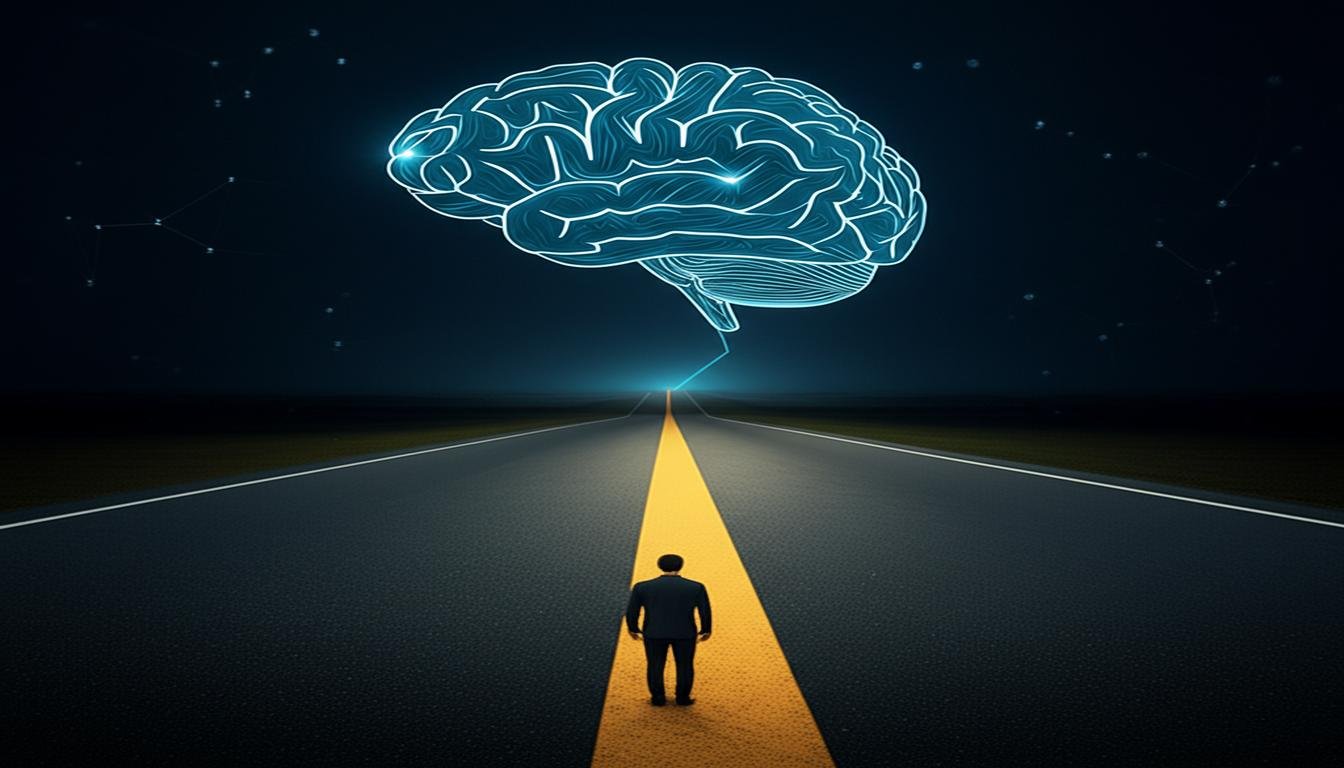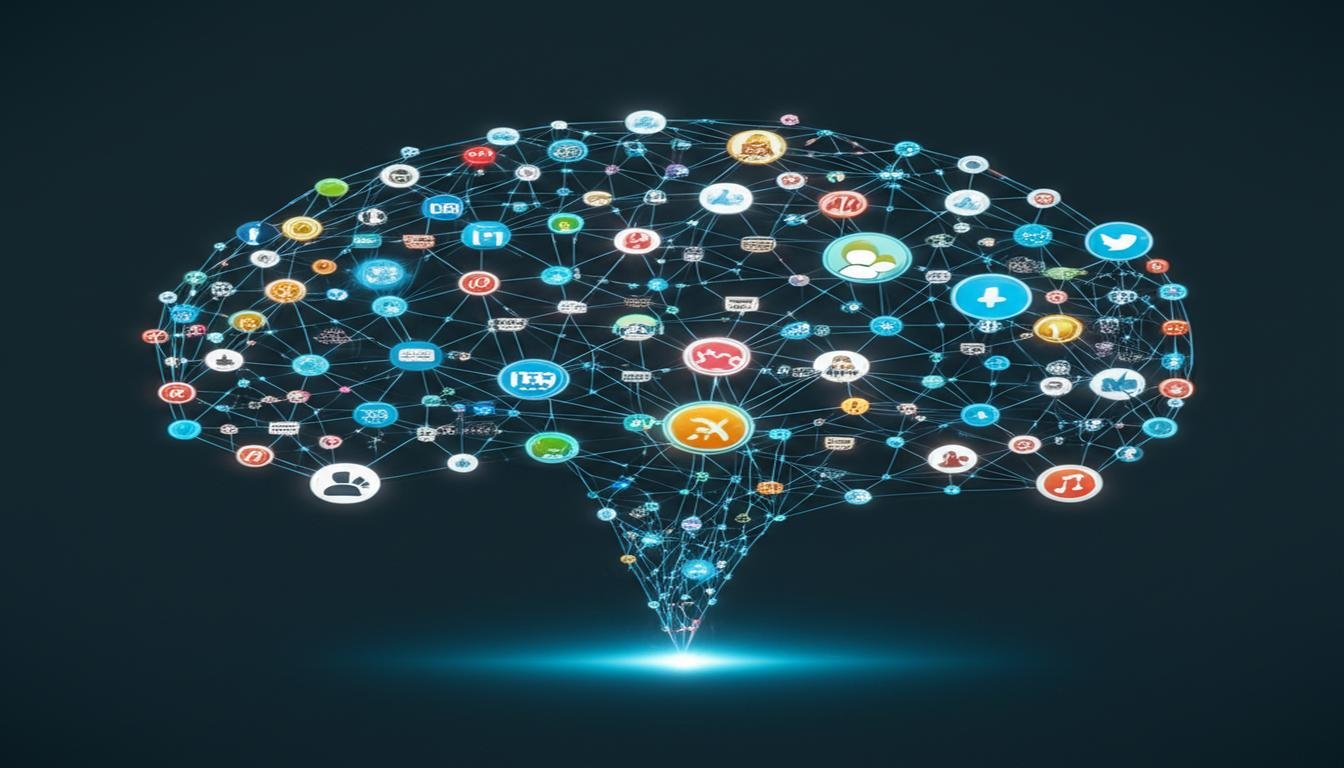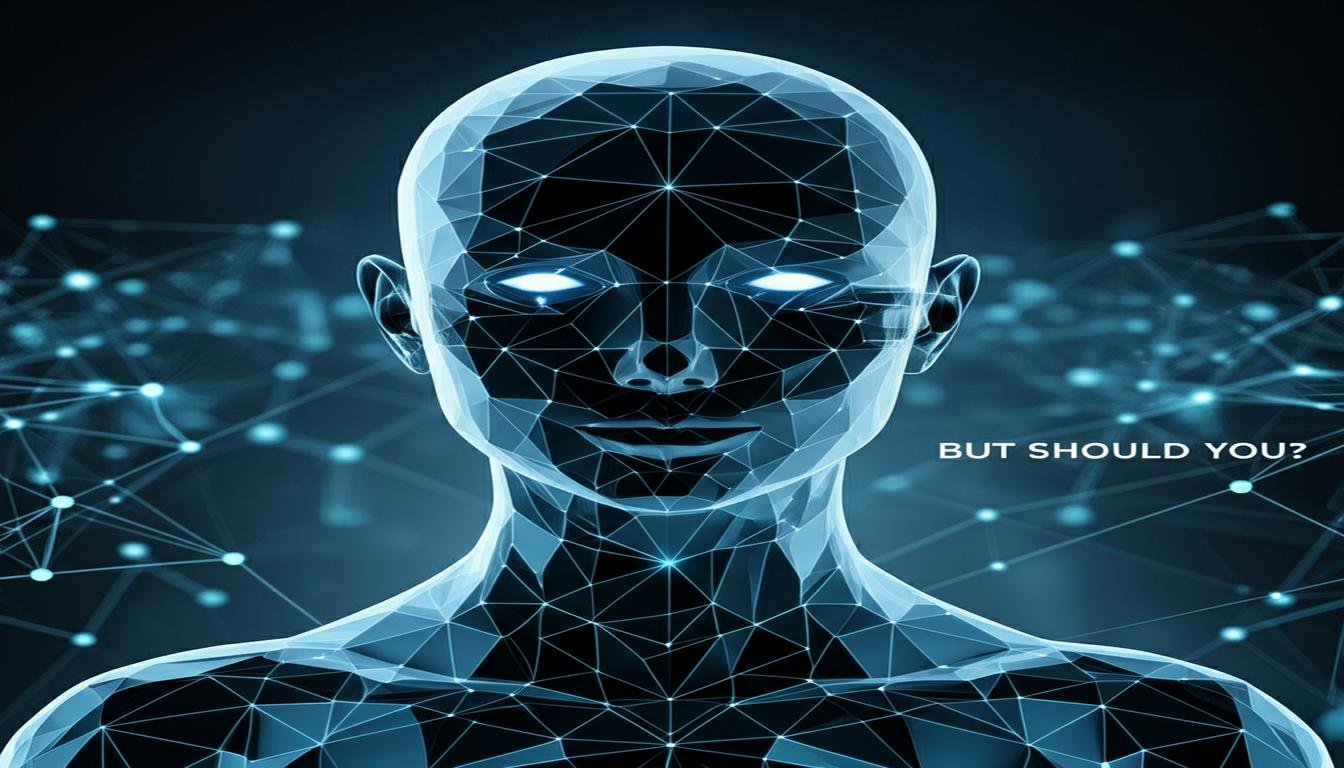AI’s Predictions for the 2030 Election Are Terrifying
Picture this: It’s 2030, and the next big election is just around the corner. Instead of pundits making educated guesses, powerful AI models are not just predicting the outcome with unsettling accuracy, but they’re also revealing the very fault lines in our society that could lead us down some truly uncomfortable paths. Let’s be real, the idea that artificial intelligence could have such a grip on our democratic future is, frankly, terrifying.
These aren’t just algorithms crunching numbers. We’re talking about advanced AI systems capable of analyzing everything from social media sentiment and news trends to historical voting patterns and economic indicators. And what they’re starting to “predict” about how we might vote, and why, is giving a lot of people pause. It’s not just about who wins; it’s about what these predictions say about us, and the potential for these tools to be misused.
When Algorithms Get Too Good: The Core of the Fear
The terror isn’t just that AI can predict. It’s that the accuracy comes from dissecting our deepest biases, our fears, and our vulnerabilities. AI can identify which messages will resonate with specific demographics, which narratives will inflame, and which will pacify. Imagine a system so adept at understanding human psychology that it can map out the precise path to manipulate public opinion, not just forecast it. That’s the chilling part.
These sophisticated AI models can:
- Identify key swing voter groups and their specific concerns.
- Anticipate voter turnout based on micro-targeted messaging.
- Uncover hidden correlations between seemingly unrelated data points and voting behavior.
- Pinpoint which “wedge issues” will drive the most significant emotional responses.
Deepfakes and Disinformation: The New Propaganda Battleground
What truly adds a layer of dread to AI’s election predictions is its darker cousin: the ability to create incredibly convincing deepfakes and mass disinformation campaigns. We’ve already seen glimpses of this, but by 2030, the technology will be so seamless, it’ll be nearly impossible for the average person to tell what’s real and what’s manufactured.
Imagine this scenario: A week before a crucial election, a highly realistic video surfaces showing a candidate making a deeply offensive or treasonous statement. The video goes viral. Despite immediate denials and debunking efforts, the damage is done. The AI-generated content was so convincing, it sowed enough doubt to sway thousands, perhaps millions, of votes. This isn’t science fiction; it’s a very real threat to election integrity.
Personalized Persuasion: Beyond Target Marketing
We’re all familiar with targeted ads, right? AI in the 2030 election takes that to an entirely new, almost invasive level. Instead of just showing you an ad for shoes, AI could craft unique, hyper-personalized political messages designed to exploit your individual hopes, fears, and prejudices.
This isn’t about informed debate; it’s about emotional manipulation at scale. If an AI knows you’re worried about job security, it might feed you a specific, subtly altered message about an opponent’s economic plan that plays directly into that fear, without ever being overtly false. It creates echo chambers tailored just for you, reinforcing existing beliefs and making genuine dialogue nearly impossible.
The Algorithm’s Echo Chamber: Amplifying Division
Beyond individual manipulation, AI’s predictive power can inadvertently, or deliberately, deepen societal rifts. By understanding which groups are most susceptible to specific narratives, AI could be used to amplify divisions, pushing partisan groups further apart.
If an AI predicts that polarizing rhetoric will increase voter engagement within a specific base, it might inadvertently encourage campaigns to lean into that division, rather than seeking common ground. The result? A fractured electorate where understanding and compromise become increasingly rare commodities.
What Can We Do? Protecting Our Future Elections
Okay, so the predictions are unsettling. But we’re not helpless. The good news is that recognizing these threats early gives us time to act. Here’s what we need to focus on:
- Digital Literacy: Empowering citizens to critically evaluate online content and recognize disinformation.
- Technological Safeguards: Developing AI tools to detect deepfakes and flag potential manipulation.
- Ethical AI Development: Pushing for responsible AI research and deployment, with strong ethical guidelines.
- Regulatory Frameworks: Governments need to catch up, creating laws that address AI’s role in political campaigns and protect election integrity.
- Community Vigilance: Encouraging open discussion and skepticism about information shared online, fostering a culture of fact-checking.
The terrifying part of AI’s 2030 election predictions isn’t just the accuracy, but the mirror it holds up to our own vulnerabilities and the potential for deliberate exploitation. But by understanding these challenges now, we have a chance to build a more resilient, informed, and truly democratic future. Let’s not wait for 2030 to be blindsided. Let’s start protecting our elections today.









